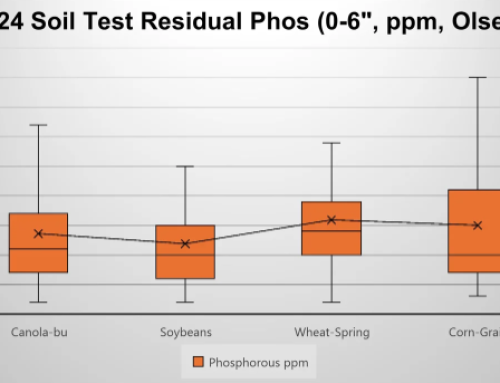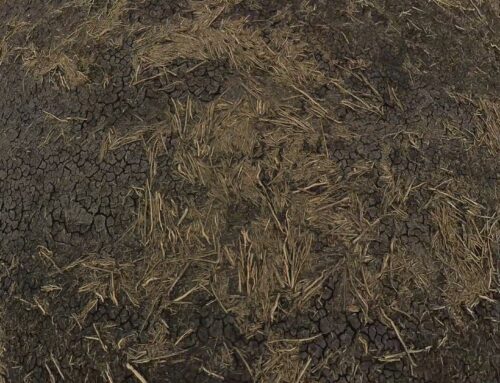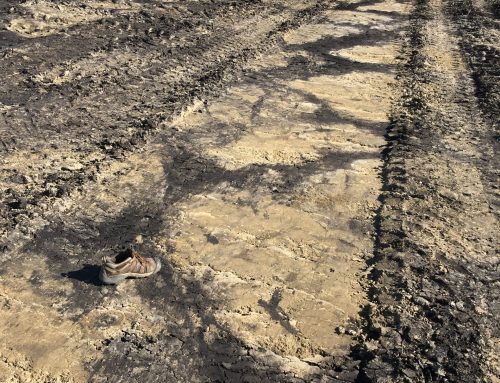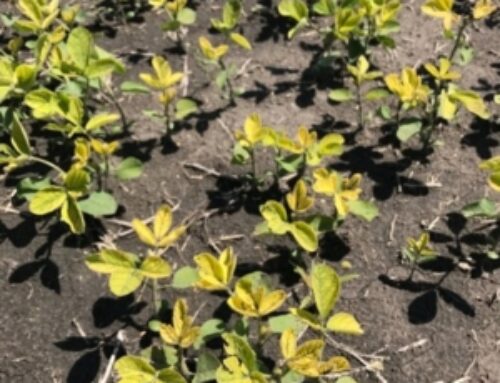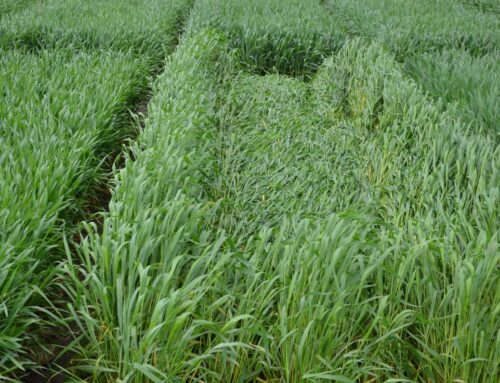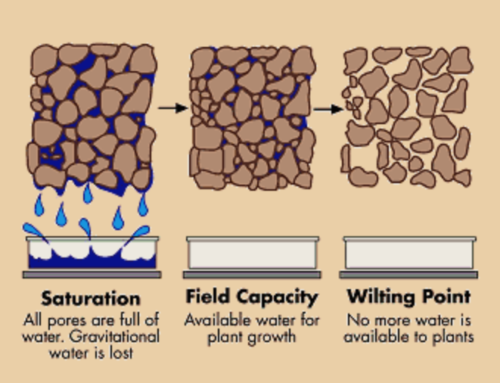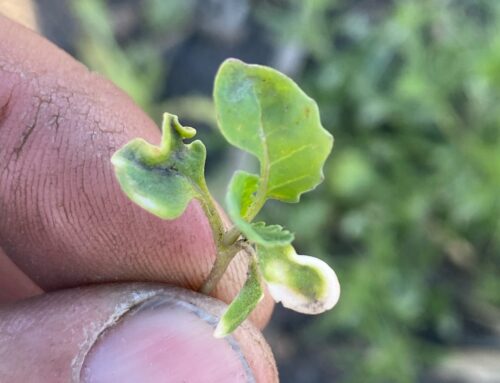Tackling Waterhemp: A Growing Threat to Our Fields

Almost 6 ft tall male waterhemp plant.
As an agronomist, I am seeing firsthand how waterhemp is quickly becoming a serious concern in our region. I want to take this opportunity to share some insights about this noxious weed and why it’s crucial that we take it seriously.
Identifying Waterhemp
When I talk about waterhemp, I’m referring to a plant that can get massive. In the field, I recently encountered one that was over 8 feet wide and nearly 6 feet tall. For context, I’m 6’2”, and this weed was towering at almost my height with its sprawling branches. The plant was loaded with seed heads, a troubling sign, because whether male or female, waterhemp poses a threat to nearby crops.
The real concern comes if that particular plant is male, as it can spread pollen to other pigweeds in the vicinity, potentially cross-pollinating and making the problem even worse. Imagine your acres getting hit by this—it’s a nightmare scenario for farmers and agronomists alike.
Raising Awareness
One thing I’ve noticed is that while those who attend agricultural meetings may feel inundated with information about waterhemp, there are many who don’t go to these meetings or perhaps don’t believe this is an issue until they see it in their own fields. But by the time you notice it, it might already be too late.
Just recently, during a meeting to spread awareness on this issue, Dennis Lange, our provincial pulse specialist, highlighted a key point: We have to talk to our neighbors. This is critical because waterhemp doesn’t respect property lines. If your neighbors are unaware or not taking precautions, the weed can easily spread from one farm to the next, especially if they’re doing custom work on your land or vice versa.
Why Communication is Key
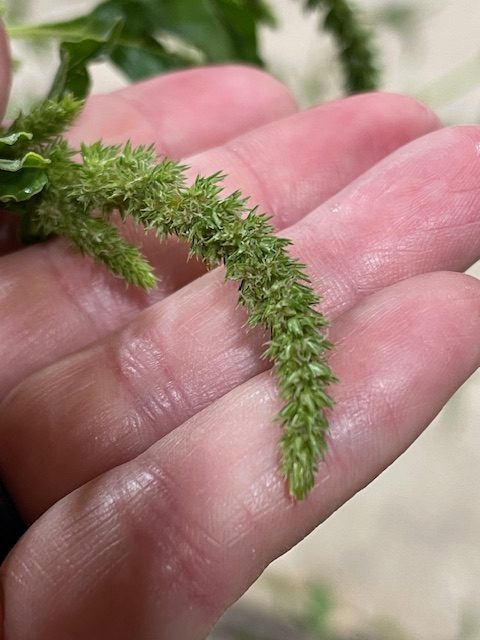
Male Waterhemp.
This weed is like a virus—once it’s in your fields, it’s incredibly difficult to get rid of. If you discover it, it’s vital to let your neighbors know. The last thing anyone wants is to accidentally bring waterhemp back to their own farm after helping someone else out. It’s an awkward conversation, but it’s a necessary one.
Think of it like this: if someone knowingly had waterhemp on their farm but offered or accepted to help you, you’d want them to give you a heads-up, right?
The Best Time to Spot Waterhemp
Now is the perfect time of year to get out and inspect your fields. Waterhemp is particularly noticeable in late summer as it sticks out above your crop’s canopy. Even if your crops are desiccating, waterhemp remains green, and with most of it being glyphosate-resistant, you’ll be able to spot the weeds that haven’t died off. This makes August an ideal time to identify and address it before it spreads further.

Waterhemp plant, showing the different colors to be looking for.
Don’t Ignore the Signs
I get it—some farmers may feel like they’ve heard this warning too many times, and we’re all tired of it. But as agronomists, it’s our job to keep raising awareness, because ignoring waterhemp isn’t an option. If you haven’t yet found it in your fields, don’t assume you’re in the clear. The weed spreads fast, and staying vigilant is key.
Final Thoughts
Waterhemp is a growing problem that won’t go away on its own. It’s crucial for all of us to take action, communicate openly, and stay on top of scouting our fields. It’s a community effort—whether you’re doing custom work or farming alongside your neighbors, let’s work together to manage this threat before it gets worse. Waterhemp adds another level of management and a significant increase in the cost of producing a crop. Not only the cost of additional herbicide applications, it also limits the number of crop options in your rotation.
If you found this information helpful, don’t forget to like and subscribe to our channels, check out our other blogs & videos, and follow us on social media. Together, we can fight this problem and keep our fields healthy.
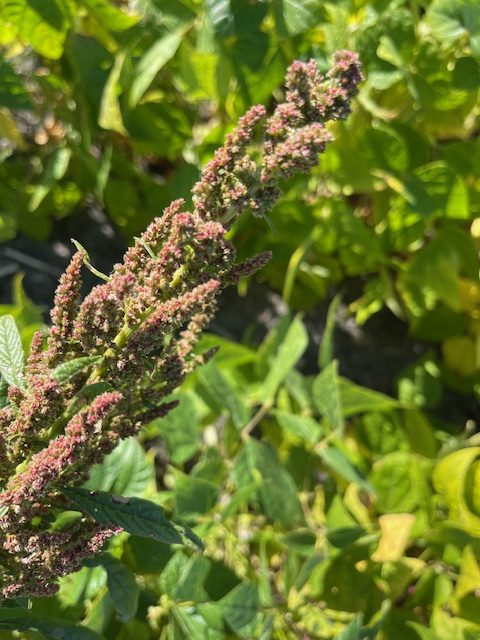
Waterhemp found in the Red River Valley by Antara Agronomy Services Ltd
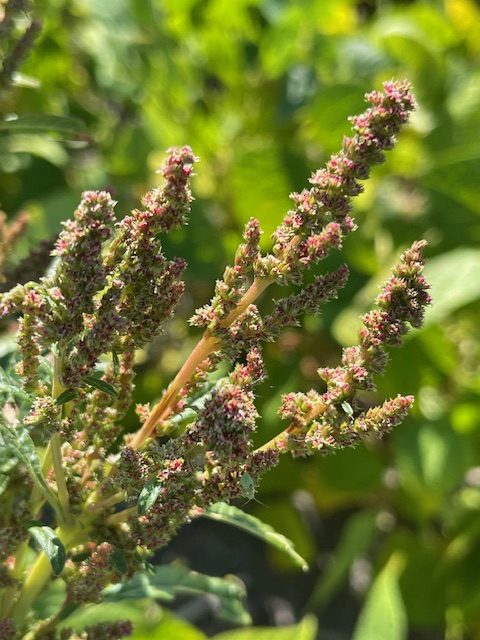
Waterhemp found in Red River Valley

